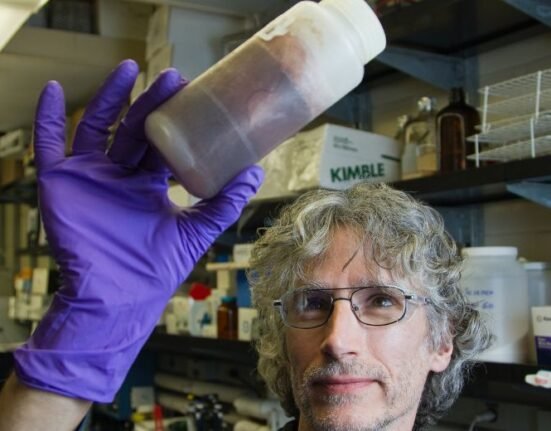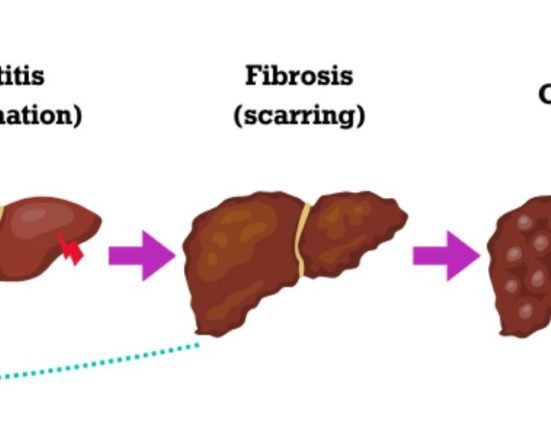HQ Team
May 8, 2025: In a surprising and concerning trend, new research from the National Institutes of Health (NIH) reveals that 14 types of cancer are becoming more common among people under 50, even as overall cancer deaths in this age group have not increased. The study, published in Cancer Discovery, analyzed a decade of U.S. cancer data, uncovering troubling patterns—especially in cancers like breast, colorectal, and uterine cancer, which are rising sharply in younger adults.
Why are more young people getting cancer?
Between 2010 and 2019, researchers found that while some cancers—such as lung and prostate cancer—declined in younger adults, others surged. The biggest jumps were seen in breast cancer (4,800 extra cases in 2019 alone), colorectal cancer (2,100 extra cases), and kidney cancer (1,800 extra cases). Even more alarming, colorectal and uterine cancer deaths are also creeping up among younger patients, bucking the broader trend of stable mortality rates.
Previous research has shown that the younger generation is more susceptible to certain cancers. What’s driving this increase? Scientists aren’t entirely sure, but they suspect a mix of modern lifestyle factors, earlier detection, and possibly even environmental changes. Obesity, for example, has been linked to several of these cancers, and with obesity rates climbing globally, it could be playing a role. Changes in screening practices, such as more aggressive testing for breast and colon cancer in high-risk individuals, might also be catching cases earlier than before.
Some cancers only rising in the young
While many of these cancers are also increasing in older adults, five types—melanoma, cervical cancer, stomach cancer, myeloma, and bone cancers—are rising exclusively in younger people. Another study carried out by the Lancet Public Health listed seventeen types of cancer being common in US millennials, and the incidence rate for some forms is two to three times higher in people born in 1990 than in 1995. This suggests that younger generations may be facing increased cancer risk that previous ones did not.
Dr Meredith Shiels, the study’s lead investigator at the National Cancer Institute, emphasized that the reasons are likely complex. “Each cancer type may have different causes—whether it’s shifting risk factors, better detection, or even changes in how cancers are diagnosed and recorded,” she said.
Despite the rise in cases, cancer deaths among young adults have not increased overall, thanks to better treatments and earlier diagnoses. However, the uptick in colorectal and uterine cancer deaths is a red flag, signaling that some aggressive forms may be slipping through the cracks.
More research and awareness
The study calls for deeper investigations into why these cancers are striking younger adults. Future research will need to examine regional, racial, and socioeconomic differences, as well as global trends, to pinpoint causes. In the meantime, experts urge younger adults to be aware of their family history, maintain healthy lifestyles, and seek early screening if they notice unusual symptoms.
As science races to understand this shift, one thing is clear: cancer is no longer just an older person’s disease—and the medical world must adapt to protect the next generation.








